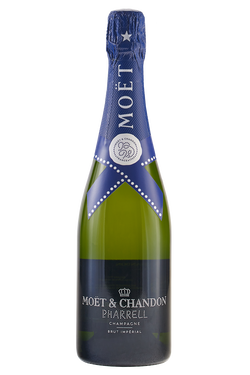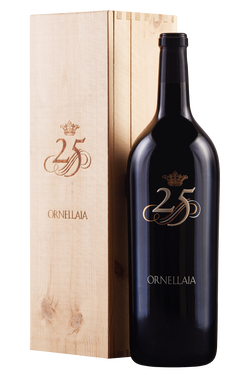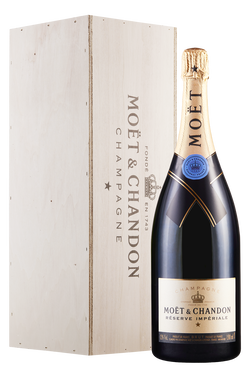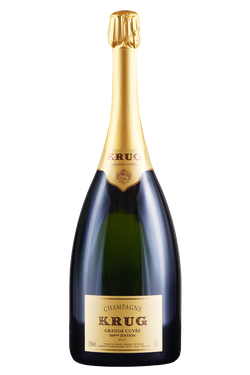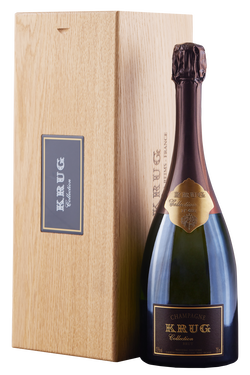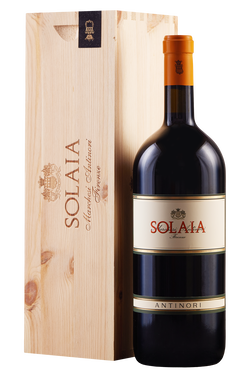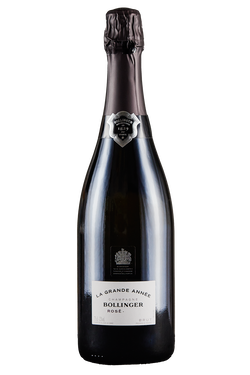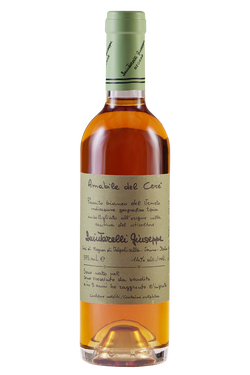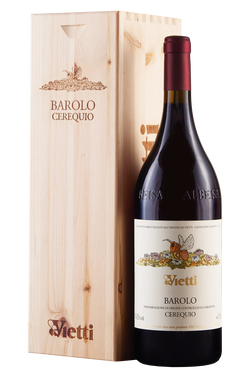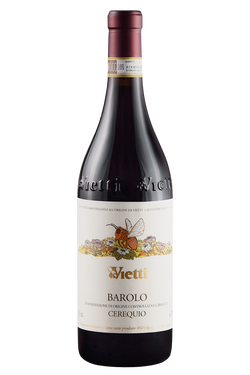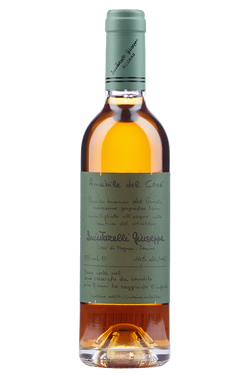- Wines >
- Teca
The story of wines that have become legendary
These are the standard bearers of Italian winemaking, iconic wines that are the envy of the rest of the world. Tuscany, Piedmont, Veneto and Lombardy are some of the regions in which important designations are produced, such as Barolo, Trentino-Alto Adige, Trentino-Alto Adige Franciacorta, Amarone and Recioto. Behind every collectible wine there is a project, an idea and a story to tell. With particularly famous wines, the story is memorable, as in the case of Barolo, known as the “king of wines and the wine of kings”. This iconic wine from Piedmont wine owes its success to various historical figures, including members of the House of Savoy. The first to take an interest in the production of this red nectar was Charles Albert of Sardinia, who bought the estates at Verduno and Pollenzo and entrusted General Staglieno, an oenologist and Francophile, with the job of managing the vineyards and producing wine at the various estates.
Italy’s most collectable wines
Camillo Benso, Conte di Cavour, also played a central role in the success of this wine, because when he became mayor of Grinzane, at a very young age, he called in Louis Oudart to produce wine at the family’s local estates. Thanks to him, the first modern-style Barolo was created, to then be bottled in 1844. It is easy to say who the father of Brunello di Montalcino is, namely Clemente Santi, who experimented with the first vinification methods on the Il Greppo estate. In 1865 he presented the first bottle of Brunello di Montalcino, inventing the name that has gone down in history. It was Ferruccio Biondi Santi who first made a clonal selection of Sangiovese Grosso, considered more resistant to the attack of phylloxera, the insect that destroyed vast tracts of European vineyards in the late 19th century.
Major Italian figures
Finally, it is thanks to Tancredi Biondi Santi that the fame of Brunello spread throughout the world, so much so that during a state lunch, President Saragat had a 1955 Riserva served to Queen Elizabeth II. The designation’s history is more recent, but no less fascinating for that. Marchese Mario Incisa della Rocchetta realized the dream of creating a great wine in Tuscany from international grapes. After taking rooted cuttings of Italian Cabernet Sauvignon from the Salviati aristocratic family, he planted them in Castiglioncello di Bolgheri, on the coast. In the 1960s Mario’s nephew, Marchese Piero Antinori, entrusted the management of the vineyard and winemaking to the young oenologist Giacomo Tachis, who was already working for Marchesi Antinori. The first vintage of Bolgheri Sassicaia was released onto the market in 1968. Today, the wine is a blend of Cabernet Sauvignon (85%) and Cabernet Franc (15%).
The birth of two great wines
The birth of Franciacorta is the result of the challenge that Giudo Berlucchi and the oenologist Franco Ziliani set themselves in this area near Brescia: to produce Metodo Classico sparkling wines on the model of Champagne. The first spumante was released in 1961: just 3,000 bottles of monovarietal Pinot Blanc. This began a new chapter in Italian quality wine production, so much so that in 1967 the DOC (Denominazione di Origine Controllata) designation was established, with a production protocol to safeguard quality. Despite deriving from Recioto, a wine with a long tradition, Amarone is fairly new on the scene. It seems that it was the result of an error made by the Cantina Sociale Valpolicella in the production of Recioto: when Adelino Lucchese tasted a sample of wine, which was expected to be sweet, he coined the term “Amarone”, precisely because it was dry. The first bottles were not released onto the market until 1938, while in 1953 sales on a wider scale commenced. Another great story, for another iconic wine.









